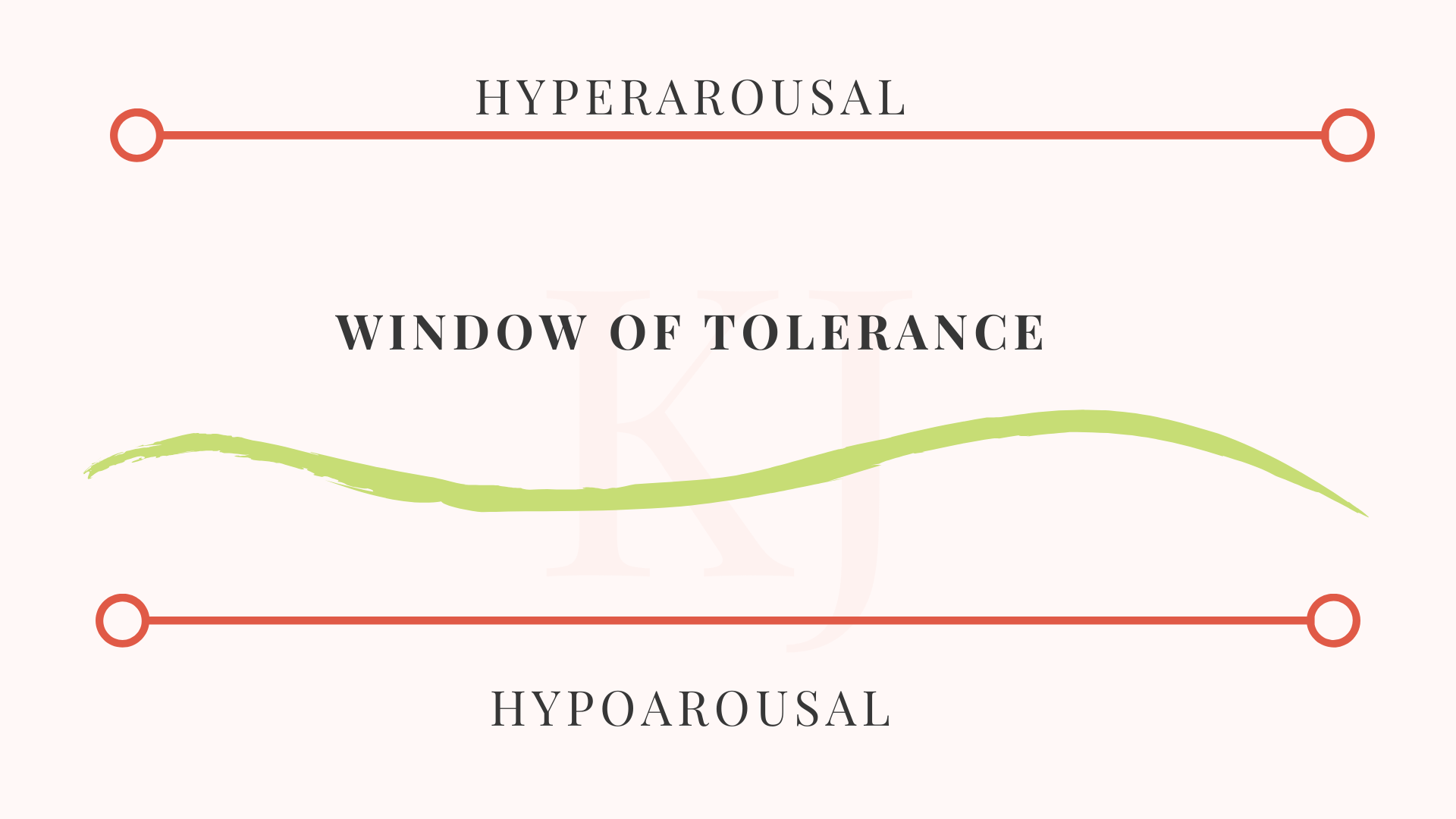Trauma 101 for Inside the Therapy Room and Out
Trauma is an experience that overwhelms us, leaving us feeling disempowered and potentially helpless. Trauma is physical and emotional. In trauma there’s too much happening and our system can’t process it. Trauma impacts our brain’s capacity to process as well. We may experience feeling alone, small, disconnected and powerless. We may have memory loss. A wide range of traumatic situations can leave us feeling this way. Although traumatic events happened in the past, the effects stay in the body if we don’t process them. We can be left with feelings and sensations that don’t make sense to us or don’t match the current set of circumstances For example, feeling overwhelmed, having insomnia, your heart racing, you can’t slow down, having intrusive memories/thoughts, feeling depressed, anxious, numb or teary without a identifiable reason.
One way of thinking about how our brain functions is in 3 evolutionary parts. The Reptilian Brain is the oldest part of our brain and rules our stress response which includes our flight, fight and freeze responses. The Mammalian Brain supports our emotions, social engagement and the processing of these realms. Our Human brain or neocortex is in charge of our higher-level functions like decision making, ideas, language, intellect and planning.
In a traumatic event our brain reacts to maximize our physical survival.
The human brain shuts down and the mammalian brain is compromised as it is unable to process emotions & interactions. The reptilian brain becomes the star of the show and goes into survival mode. It assesses danger and whether to fight, flight, flee, freeze or submit in order to survive.
Physiologic changes happen at this time too. Blood flow is deceased to non-essential organs including the stomach and uterus, and blood flow increases to the limbs, preparing us should we need to run or fight.
Even though the traumatic event is in the past, our body will keep reacting to any stress or situation that reminds you of the original event. It’s as if we are back in the threatening or overwhelming event. Our body will continue to have all the same sensations. We will lose our capacity to process. This is why the body is key to releasing trauma.
Now let’s talk about the Nervous System
We have 2 branches in our nervous system that have different jobs. We need both to function. Both are equally important to our well-being. Throughout the day we fluctuate between the two.The sympathetic nervous system is our aliveness, like running, doing, being active. It’s alert and sharp. The parasympathetic nervous system rules our states of relaxation, calm, digesting and resting.
The Window of Tolerance refers to the zone where our nervous system is regulated; meaning our body is balanced and the sympathetic and parasympathetic are working together harmoniously. In this window we can respond to life more effectively because all the parts of our brain are functioning well. If we are outside our window we are dysregulated. When we are dysregulated either sympathetic or parasympathetic takes over and goes into overdrive to ensure our survival. Trauma dysregulates our nervous system and takes us outside our window of tolerance. When we are regulated we can process our experiences and all parts of our brain are working in balance. In dysregulation, the reptilian brain is more active and the other parts are offline to varying degrees. Each person’s window is unique to them. There are two ways we can be outside our window of tolerance. These are called hyperarousal and hypoarousal.
Hyperarousal is when the sympathetic system is in overdrive. We have too much stimulation or arousal. We might feel amped up, our mind racing with obsessive or repetitive thoughts. We could be distressed, overwhelmed, distracted, shaky, tense or restless. We might want to attack, defend, run or leave. There’s a sense of danger or feeling unsafe. We might not be able to focus, feel uneasy, and be afraid, anxious, nervous, panicked or irritated. For those who have chronic anxiety, hyper-arousal can be common.
Hypoarousal is when we have too much of the parasympathetic system active. There’s too little arousal or stimulation. We might feel collapsed, small, motionless, weak, still or frozen. Things could feel hopeless or boring. Despair can be present or maybe feeling discouraged. Motivation can decrease and an emotionally flat or sluggish feel can be present. This is a more passive state, sleepy, spacey, and lethargic. You might feel disconnected, detached, or checked out, have difficulty focusing or that your energy is low. For those who suffer from depression, hypoarousal can be common.
So why is this important? Going into the lizard brain and being outside our window of tolerance is very important and useful if you are in danger. However, in the lizard brain it is difficult to discern whether we are in true danger or a trigger from the past. In either the hyperarousal or hypoarousal, it can be hard to be in healthy relationships and connect, process our experiences or get shit done. This is particularly relevant for couples and relationship challenges. In romantic relationship we quickly go out of our window and it can be difficult to find our way back. If we are able to recognize when we are hypo or hyperaroused, we can take steps to bring ourselves back into the window of tolerance. Therapy can also teach us how to support, heal and manage these challenging emotional and physical states. For some tips on things to try to support your nervous system to regulate click here.

